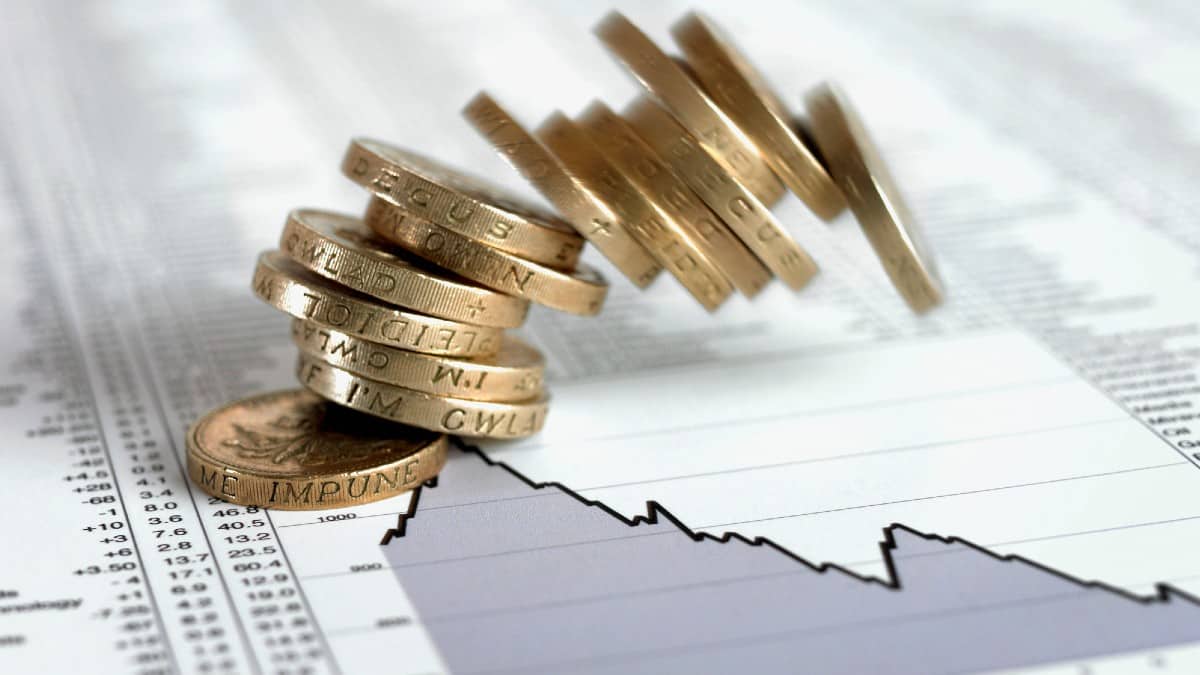I’ve long liked Tesco (LSE: TSCO) shares for the dividends they throw off.
But a solid income stream only goes so far.
Based on the performance of the share price over the last five years, one begins to question whether owning a slice of the FTSE 100 retailer is such a good idea.
In fact, it’s possible to argue that Tesco has been/is nothing more than a value trap.
Poor performer
The shares have lost 17% of their value since August 2018. So, if I’d put £1,000 to work in the stock, I’d now be left with just £830 or so. For simplicity, this doesn’t include the aforementioned cash returns paid out over that period.
For comparison, the FTSE 100 is down just over 1% (again, not including dividends).
That’s not a great result either. However, I suspect those holding a fund that tracks the index will have slept better.
Such is the benefit that comes from being diversified.
Multiple headwinds
To be fair, Tesco has faced some awful headwinds over the last few years.
The multiple UK lockdowns were both a gift and a curse. While people were consuming more food and drink at home, the additional investment required to meet demand and get orders to customers’ homes offset this.
Since then, we’ve had sky-high inflation and a subsequent cost-of-living crisis. That’s led to consumers becoming even more careful with their cash, pushing some to take their custom to German budget chains Aldi and Lidl.
Not all bad
Despite all this, Tesco still commands a massive 27% share of the market in which it operates. Although this dominance has reduced slightly over the years (it was 30.3% some 10 years ago), I find that reassuring, especially as the Sainsbury‘s slice of the pie stands at just 14.8%.
And yes, those dividends are attractive. Based on analyst estimates, the stock yields 4.2% with profit expected to cover the payout almost twice.
Perhaps most importantly, a price-to-earnings (P/E) ratio of 12 suggests Tesco shares are reasonably valued, albeit not screamingly cheap.
So, can I expect a nice payoff later down the road if I were to buy today?
Here’s where the investment case takes a knock.
Value trap?
Sure, the market can throw up some surprises here and there. Nevertheless, identifying a catalyst that will see Tesco make good money for its shareholders over the short-to-medium term is difficult.
As wages continue to rise, the Bank of England may be forced to continue hiking interest rates. This ‘higher-for-longer’ approach will mean more penny-pinching. Obviously, we all need to eat. But shoppers are arguably far more savvy — and less loyal — than they’ve ever been.
Even if/when the economy recovers, competition will remain fierce and margins will stay low.
So, where will that share price growth come from?
Time to buy?
Considering how some other companies have fared over recent times, I’m reluctant to say that Tesco shares should be avoided like the plague. I’d definitely buy this stock over its closest rival.
Nevertheless, I do think there are better opportunities out there for value-focused investors. In fact, the gloomy economic outlook means some high(er)-quality UK companies are now trading on depressed valuations.
What a great time to go shopping for real bargains!








